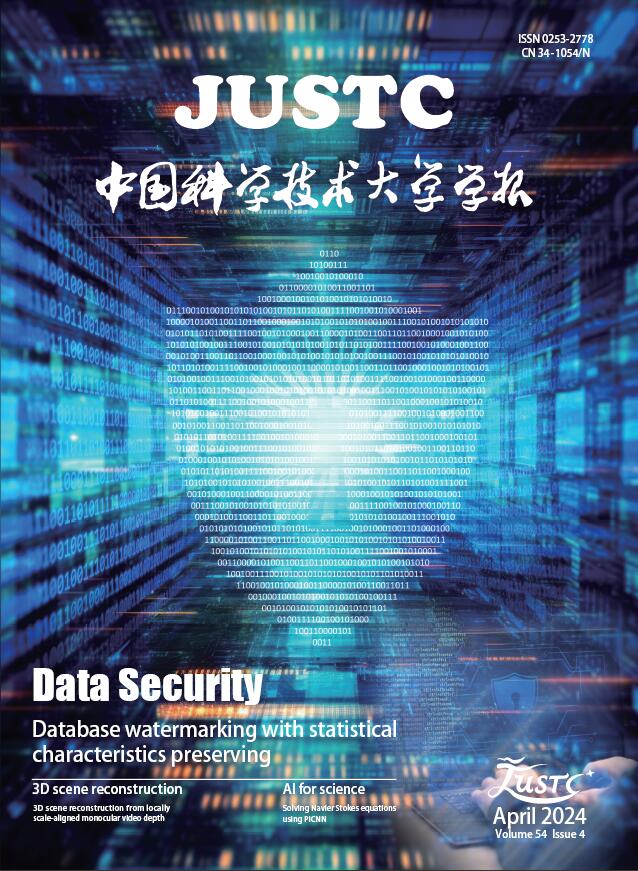Abstract:
Large eddy simulation was performed to study the large scale vertical structures and the mixing characteristic of supersonic transverse injection flow in the Gamba combustor. The supersonic flow is obstructed by the sonic jet,resulting in very complex three dimensional shock waves and vertical structures. All of the shock waves, including bow shock, λ shock, expansion shock, barrel shock and Mach disk, can be seen in the mean Mach number contour. The three-dimensional vertical structures, such as steady counter-rotating vortex pairs (CVP), trailing counter-rotating vortex pairs (TCVP), horseshoe vortices and unsteady jet shear layer vortices, can be visualized by the iso-surface of Q-criterion. The TCVP structure rotates in the opposite direction of the CVP, which can be characterized by the average streamline. Moreover, the asymmetric CVP structure leads to non-uniform distribution of fuel mass fraction in span-wise direction. The probability density functions (PDFs) were introduced to study the mixing characteristic in the near field, far field and the recirculation regions in the upstream of the jet. The results show that significant mixing occurs in the recirculation regions, the bottom of the barrel shock and the wake below the jet shear layer. The PDFs of mixture fraction obey β distribution in the near jet flow-field and develop into Gauss distribution in the downstream. The study of the concentration decay shows that the H2 mass fraction obeys exponential decay along the maximum centerline with the index being about -07.





